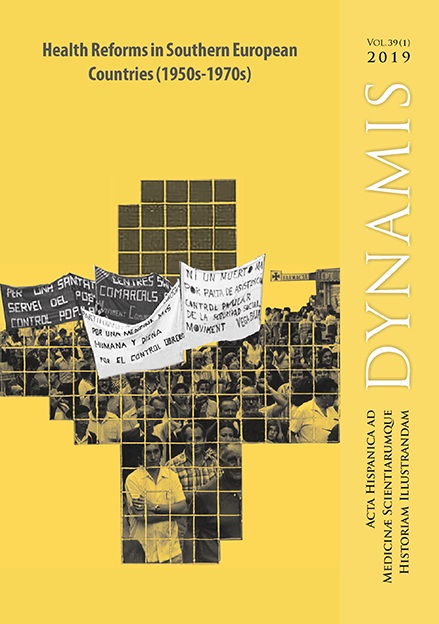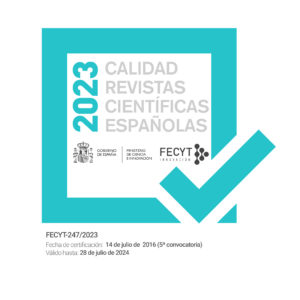The creation of the National Health System in Italy (1961-1978)
DOI:
https://doi.org/10.30827/dynamis.v39i1.8665Palabras clave:
Italia, estado del bienestar, universalismo, políticas de salud, Servicio Nacional de Salud, sindicatos, partidos politicos, movimientos socialesResumen
The Italian health system has changed its welfare model three times over the course of its 160-year existence. From a form of "residual welfare" during the liberal period (1861-1921), it became "meritocratic welfare" during the fascist period (1922-1943) and in the years of the first republic (1945-1977). Finally, in 1978, the "universalistic institutional" model of health protection was approved. For a long time, therefore, the main responsibility for citizens’ well-being was attributed to families, to the Catholic Church and its welfare networks, to entrepreneurial paternalism, and to the different health insurance institutions associated with employment sectors. Only with Law 833, which established the National Health Service (NHS), did the State recognise full and direct responsibility for citizens’ health. This paper describes the complex path that led to the establishment of the Italian NHS, highlighting the diversity of the actors involved, the multiplicity of their social and health claims, the configuration of the public health service designed in the 1960s, and the political and social conditions that led to the effective enactment of Law 833. On the whole, it was a long, non-linear path with various barriers, where the conditions of implementation were determined by the particularity of the Italian political, economic, and social events that characterised the 1970s.Descargas
Los datos de descargas todavía no están disponibles.
Descargas
Publicado
2019-05-10
Cómo citar
Vicarelli, G. (2019). The creation of the National Health System in Italy (1961-1978). Dynamis, 39(1), 21–43. https://doi.org/10.30827/dynamis.v39i1.8665
Número
Sección
Dossier
Licencia
Dynamis se encuentra adherida a una licencia Creative Commons Reconocimiento (by), la cual permite cualquier explotación de la obra, incluyendo una finalidad comercial, así como la creación de obras derivadas, la distribución de las cuales también está permitida sin ninguna restricción.

















